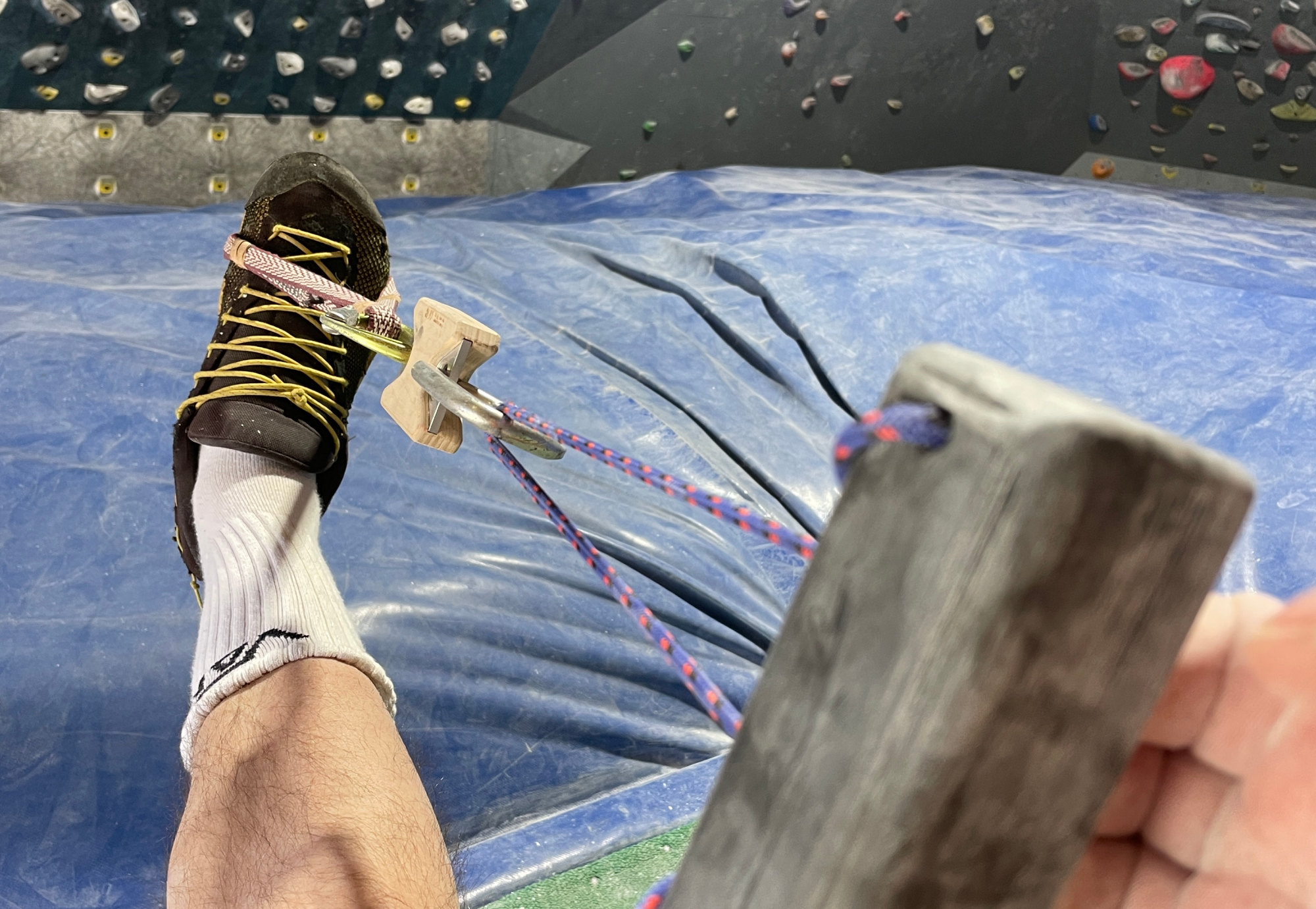Monitor Fatigue During A Climbing Session


Note - To keep this post focused, I’ll be using a limit bouldering workout as an example. Saying that, I believe this technique can be applicable to any type of climbing session (training or performance). The main thing is you’ll need to do the appropriate testing that is applicable to the energy systems in demand.
So when do you stop or adjust your climbing session?
The common advice generally suggests to focus on quality over quantity and once your strength level declines, it’s better to call it quits to get the maximum results. But how do you know your strength has actually declined?
There seems to be lots of information around for monitoring fatigue at the start of a session but not so much when it comes monitoring in session fatigue.
Being aware and connected to how you are feeling is extremely important but I feel a tool that is under utilised is a force gauge. The Tindeq being the most well known one in the climbing community.
One way to monitor fatigue during a climbing session
This is something that I have been doing for limit sessions lately. As stated at the start of this post, this could be adapted for different styles of climbing but we’ll continue using the limit boulder session as an example.
First you’ll need to get some baseline metrics to work against. So having a few testing sessions to get an understanding of where you are at.
During the session I’ll periodically checkin with my current metics on a Tindeq. For the limit session I use the peak load as an indictor and if I feel it is greater than 5% down I adjust the session or pack up. Really depends on the goal of the session.
Why 5%? This is the percentage I feel currently is working best for me. I would suggest exploring different percentages to find your sweet spot.
For indoors sessions I tend to test in a half crimp position on a medium sized edge. Main thing is whatever grip/edge size you pick, keep it is consistent.
For outdoor sessions if I’m focusing on a particular move and I’m a little unsure if I should move onto a different move (or call it a day) I’ll generally test that specific grip type. For example, the crux might be off a 3 finger drag, so I’ll check in with the Tindeq and adjust my session accordingly.
At first you might not have enough data to make the best decisions but if you create a regular routine in testing yourself and making sure you have good notes (Sequence and has a good notes feature) you’ll be making the most of your sessions and hopefully become a better climber.
If you need a little more convincing, it has been observed that Jorge Diazrullo immediately tests himself with a Tindeq each time he comes down from a repoint attempt and adjusts his goals of the day if he’s 20% down on strength.
Also to clarify, I don’t think using a force gauge or similar is the only indicator that should dictate everything, it is just one part of the puzzle that can help us make a more informative decision when it comes to adjusting or ending the session.
Do you use a force gauge to monitor fatigue during your sessions? If so please get in touch, I'd be keen to hear about your findings.
Happy training!